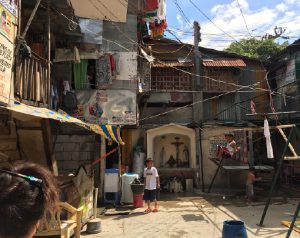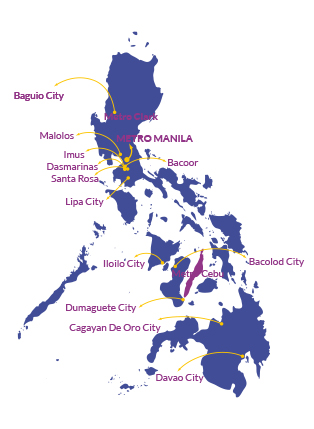
Mobilizing the Philippine Archipelago
The latest installment of the PTC Broadband Report focuses on the opportunities for the Philippine telecom industry to meet the country’s pent-up need for broadband infrastructure and address demand from its large unserved population. The Philippines’s population is around 106 million, the second-largest in ASEAN, and has a strikingly low level of fixed (and wireless) broadband Internet penetration. Use of mobile data services on the consumer side is increasing, due in part to social media and OTT services, which have supplanted text-messaging and voice. The mobile market has room to grow as smartphone ownership is expected to increase with low-cost devices that include local brands. President Duterte pushed for, and has now authorized, a national broadband plan to improve the country’s notoriously slow Internet speeds.
 While demand and consumption of mobile data are growing, and the two major carriers have increased network investments, the Philippines still lacks a national broadband infrastructure and thus capacity is low, particularly outside urban centers (only 2 percent of fixed Internet connections are fiber to the home). Our interviews with in-country experts note optimism that investments in mobile and fixed broadband networks will be made in the urban areas, but there are minimal expectations for improvements in rural area networks. Rural users, as well as micro- and small- and medium-sized enterprises that make up the bulk of employment, are underserved customers with growth potential.
While demand and consumption of mobile data are growing, and the two major carriers have increased network investments, the Philippines still lacks a national broadband infrastructure and thus capacity is low, particularly outside urban centers (only 2 percent of fixed Internet connections are fiber to the home). Our interviews with in-country experts note optimism that investments in mobile and fixed broadband networks will be made in the urban areas, but there are minimal expectations for improvements in rural area networks. Rural users, as well as micro- and small- and medium-sized enterprises that make up the bulk of employment, are underserved customers with growth potential.
In this mobile nation, a great deal of consumer dissatisfaction with the overall quality of the experience came through in our surveys and interviews. The carriers have made substantial investments over the last year, in part to respond to the need for greater capacity. With infrastructure expenditures increasing, along with efforts to address the key challenges noted above, the basic fundamentals of the Philippines’ telecom market could offer exciting  possibilities for building ICT markets.
possibilities for building ICT markets.
The industry experts we spoke with generally had optimism that policy reform and investment will progress while noting other challenges that include a high degree of economic inequality and entrenched political actors. Addressing the fragmented economic and ICT development in this archipelagic market, where spatial disparities have reinforced economic and social inequality, will take time and sustained effort.
Investor attention to this market is partly due to the promise of growth: unsaturated broadband markets with large and youthful populations; low but increasing smartphone penetration; and the critical need for infrastructure development. We highlight the potential while providing a realistic perspective of the current environment that is characterized by the presence of large influential telecom firms, weak institutions, and a fragile regulatory system that is prone to political pressure.
 This edition of the PTC Broadband Report provides in-depth understanding of the Philippines’ telecom and ICT market. We examine the issues described above through the perspectives of academics, government, consumers, industry, and advocates in the Philippines. Stakeholders (government, civil society, industry players, and academics) show a consensus of opinion regarding key barriers. Additionally, interviews from executives at Globe Telecom, PLDT, ISPs, academics, civil society advocates, consumers, and PTC industry and research members have informed analysis. In sum, we look at the constraints that have shaped telecom policies in this market, and the socio-political realities that define possibilities for ICT growth in the Philippines. We make recommendations for targeted efforts to increase the dynamism of the sector and suggest areas of potential: businesses related to the BPO industry, ICT training and education, SME solutions, and consumer services including mobile entertainment and m-commerce.
This edition of the PTC Broadband Report provides in-depth understanding of the Philippines’ telecom and ICT market. We examine the issues described above through the perspectives of academics, government, consumers, industry, and advocates in the Philippines. Stakeholders (government, civil society, industry players, and academics) show a consensus of opinion regarding key barriers. Additionally, interviews from executives at Globe Telecom, PLDT, ISPs, academics, civil society advocates, consumers, and PTC industry and research members have informed analysis. In sum, we look at the constraints that have shaped telecom policies in this market, and the socio-political realities that define possibilities for ICT growth in the Philippines. We make recommendations for targeted efforts to increase the dynamism of the sector and suggest areas of potential: businesses related to the BPO industry, ICT training and education, SME solutions, and consumer services including mobile entertainment and m-commerce.




